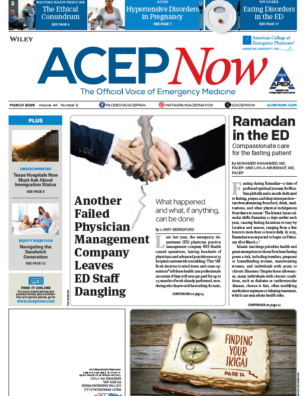Rivaroxaban is associated with higher rates of gastrointestinal bleeding compared with other direct oral anticoagulants (DOACs), regardless of treatment indication, according to results of a nationwide, population-based study from Iceland.
The risk for GI bleeding has been “extensively” compared between DOACs and warfarin but few studies have compared GI bleeding among different DOACs, researchers points out in Annals of Internal Medicine paper.
Dr. Arnar Ingason of thr University of Iceland, in Reykajvik, and colleagues, compared rates of GI bleeding among new users of three DOACs (apixaban, dabigatran, and rivaroxaban) using data from the Icelandic Medicine Registry. The cohort included a total of 5,868 patients – 3,217 on rivaroxaban, 2,157 on apixaban, and 494 on dabigatran.
The results showed that rivaroxaban was associated with 42 percent (hazard ratio, 1.42; 95 percent confidence interval, 1.04 to 1.93) higher risk for GI bleeding and 50 percent (HR, 1.50; 95 percent CI, 1.00 to 2.24) higher risk for major GI bleeding compared with apixaban, they report.
Similarly, rivaroxaban was associated with 63 percent (95 percent CI, 0.91 to 2.92) higher overall risk for GI bleeding and 39 percent (95 percent CI, 0.67 to 2.88) higher risk for major GI bleeding compared with dabigatran.
The findings were consistent when looking only at patients with atrial fibrillation, reaching statistical significance for the comparisons with dabigatran
The researchers caution that the CIs were “relatively wide.”
The incidence of any GI bleeding in DOAC users was 1.9 to 3.2 events per 100 person-years and 1.4 to 1.9 major GI bleeding events per 100 person-years – similar to the incidence observed in randomized controlled trials. Sensitivity analyses restricted to patients with atrial fibrillation yielded similar point estimates for most comparisons.
The researchers say their study is in line with two U.S. observational studies that found rivaroxaban users had higher GI bleeding rates than apixaban and dabigatran users.
The findings may help guide oral anticoagulant selection, especially for patients at high risk for GI bleeding, they conclude.
This study was funded by the Icelandic Centre for Research and by the Landspítali University Hospital Research Fund.



No Responses to “Not All DOACs Have Same GI-Bleeding Risk”